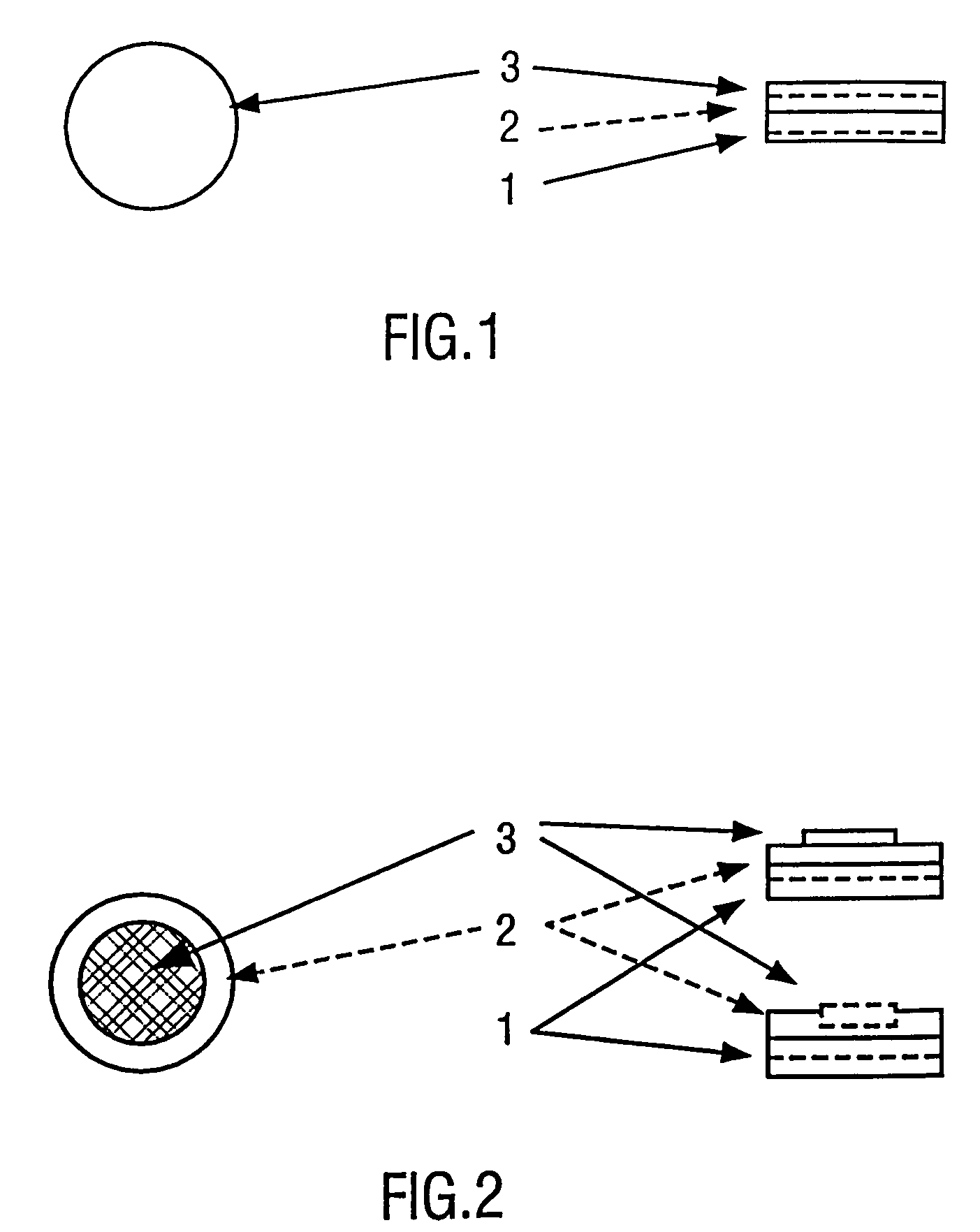Pharmaceutical carrier device suitable for delivery of pharmaceutical compounds to mucosal surfaces
a technology of pharmaceutical carriers and mucosal surfaces, applied in the direction of drug compositions, biocide, bandages, etc., can solve the problems of limited effectiveness and residence time of pharmaceutical carriers, lack of one or several preferred characteristics of efficient and commercially acceptable pharmaceutical delivery devices
- Summary
- Abstract
- Description
- Claims
- Application Information
AI Technical Summary
Benefits of technology
Problems solved by technology
Method used
Image
Examples
example 1
[0072]A 100 ml solution for the non-adhesive backing layer was made using 87.98% by weight water USP, 0.02% by weight FD&C red 40 dye, and 12% by weight hydroxyethyl cellulose (Mw 9×104). Using a Werner Mathis Labcoater, the substrate (Mylar 1000D or other polyester films such as 3M ScotchPak 1022) was set. 90 ml of the backing layer solution was set in front of a knife over roll with an opening of 1.5 mm. The solution was then casted and the film dried for 8-9 min. at 60° C. Following the drying step, a 0.14 mm thick reddish film was the result.
[0073]Using this procedure, the film may be easily peeled off the substrate after drying, or may be left on the substrate and rolled, to be laminated later, or for use as a substrate for the adhesive layer.
example 2
[0074]A 100 ml solution for the non-adhesive backing layer was made using 94.98% by weight water USP, 0.02% by weight FD&C red 40 dye, and 5% by weight hydroxypropyl cellulose. The procedure of example 1 was used, resulting in a 0.16 mm thick film.
example 3
[0075]A 100 ml solution for the non-adhesive backing layer was made using 84.98% by weight water USP, 0.02% by weight FD&C red 40 dye, 12% by weight hydroxyethyl cellulose, and 3% by weight hydroxypropyl cellulose. Here, the overall polymeric material was at a 15% concentration in solution. The mixture of two different types of polymeric materials modified the overall mechanical properties and erosion kinetics characteristics of the backing film. The solution was then casted on a polyester substrate and dried overnight at 90° C. The opening of the knife was set at 3 mm, resulting in a 0.3 mm thick film.
PUM
| Property | Measurement | Unit |
|---|---|---|
| thickness | aaaaa | aaaaa |
| thickness | aaaaa | aaaaa |
| surface area | aaaaa | aaaaa |
Abstract
Description
Claims
Application Information
 Login to View More
Login to View More - R&D
- Intellectual Property
- Life Sciences
- Materials
- Tech Scout
- Unparalleled Data Quality
- Higher Quality Content
- 60% Fewer Hallucinations
Browse by: Latest US Patents, China's latest patents, Technical Efficacy Thesaurus, Application Domain, Technology Topic, Popular Technical Reports.
© 2025 PatSnap. All rights reserved.Legal|Privacy policy|Modern Slavery Act Transparency Statement|Sitemap|About US| Contact US: help@patsnap.com


